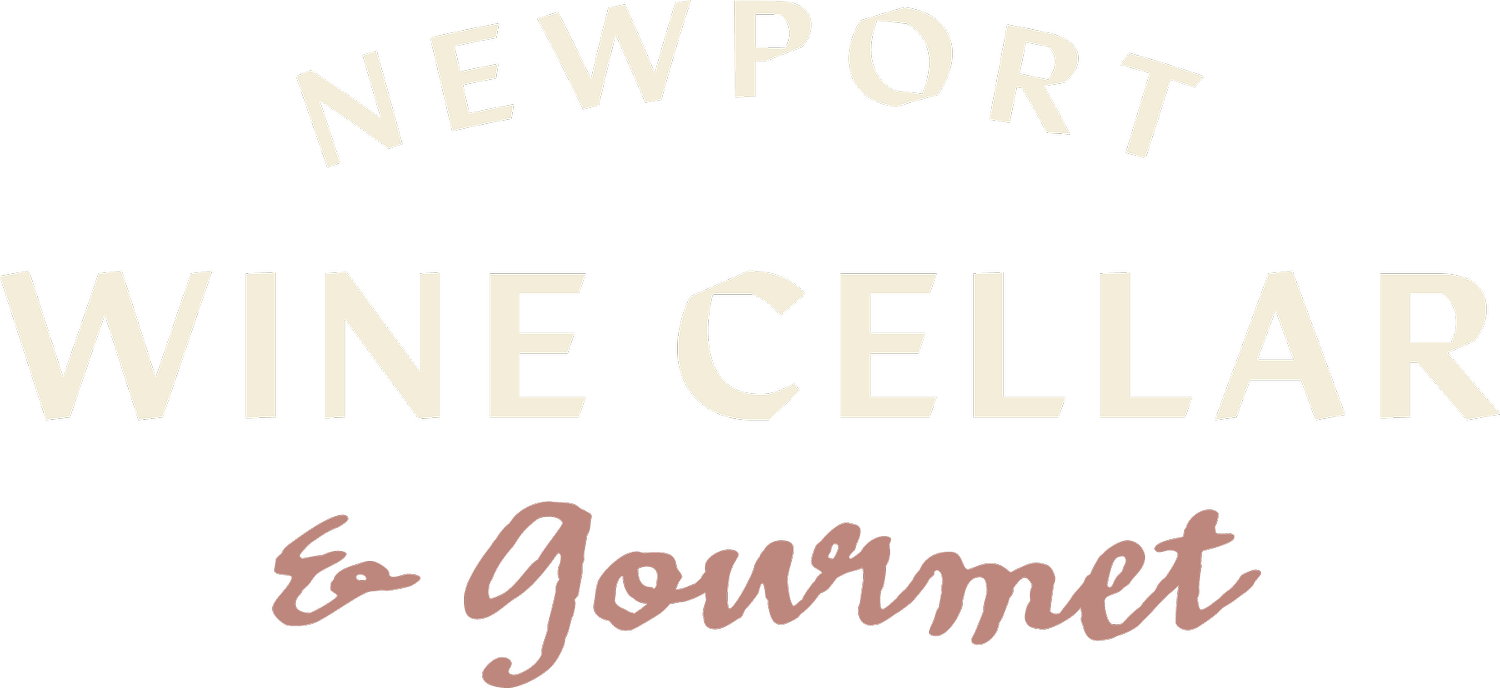Weekly Review: Wasted
“But as a culinary student, as a young cook, I came up in an old school system that abhorred waste as a fundamental principle. Meaning the whole enterprise was based on the idea of use everything. So along with picking up a knife for the first time and learning how to use it, how to scramble an egg, to do all of those basic things, that principle was pounded deep into my tissue. Use everything. Waste nothing.”
If you have not seen it, watch it. If you have, watch it again and make a commitment to make a change. Wasted—The Story of Food Waste will open your eyes not only to the problem of wasted food in our homes, in our communities, in our country and beyond, but it also inspires you to act on a local level to make global impact.
I am not surprised to see Bourdain ranting about the systemic problem of wasted food—I love him for his vocal commitment to increase responsibility and accountability, but what the movie does is weave together the stories at every level of the food chain to remind us that we can enjoy and indulge responsibly. It is a compelling movie with an important message.
My change? I bought a small compost bucket for my counter. I don’t have a compost or a garden, so once a week, I will take my bucket of garbage and add it to my friend, Saskia’s, compost pile where it will become dirt that she will plant herbs and tomatoes in this summer. From those simple plants, we can make a meal for our friends and her boys, and that caprese is going to taste so good!
I bought the bucket online for $15, and it is a little thing, but it feels good to make a change. I add egg shells, coffee grinds, vegetable waste to the bucket instead of my trash can. The movie will show you how this little change makes a difference. Check out the movie and let me know what you think. I will collect everyone’s ideas for change and do another post next month with suggestions that you all have shared. Thanks for thinking about what we eat and drink!

